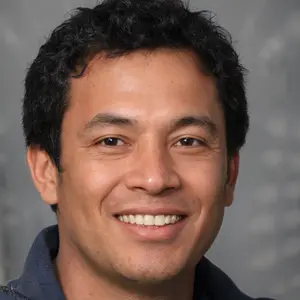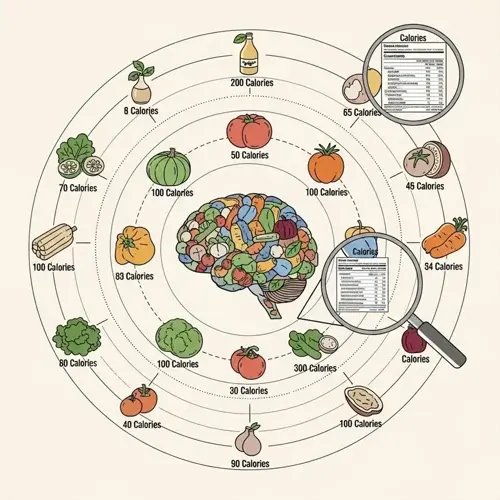What happens in a typical dance therapy session?

Written by
Tran Quang
Reviewed by
Prof. William Dalton, Ph.D.In a typical session of Dance Movement Therapy, a structured clinical format is recommended. This includes a series of phases to establish safety and facilitate further expression, each being sequenced to the preceding stage, whereby movement is directly linked with emotional processing towards a therapeutic breakthrough.
Assessment Phase
- Therapist observes natural movement patterns and tensions
- Identifies emotional states through posture and gestures
- Sets personalized therapeutic goals for the session
Expression Phase
- Guided improvisation explores emotional themes
- Props like scarves facilitate symbolic expression
- Nonverbal communication deepens self-awareness
Integration Phase
- Verbal processing connects movement to emotions
- Develops insights through movement metaphors
- Identifies practical applications for daily life
Therapists use mirroring techniques to validate your experience without imposing their own interpretation on it. Therapists would be sure to match your quality of movement, even the rhythm of your movements, so that you feel that the therapist can be trusted and that there is an atmosphere where it is safe to be emotionally naked. Depictions offer physical boundaries to allow for trauma to be processed.
At the conclusion of every session, tangible practices such as breath awareness or stillness are given. You will talk about the movement metaphors that emerged during the expressive part of the session. Therapists can assist in translating where participants experienced their physical body into usable emotion tools for their everyday life.
Groups and individuals reflect different needs and settings. Group formats often embrace shared energy cultivation in a circular form. Individual sessions allow a level of depth and intimacy that is different. All forms maintain the core structure of practices in a way that preserves therapeutic integrity across various contexts.
Read the full article: Understanding Dance Movement Therapy

